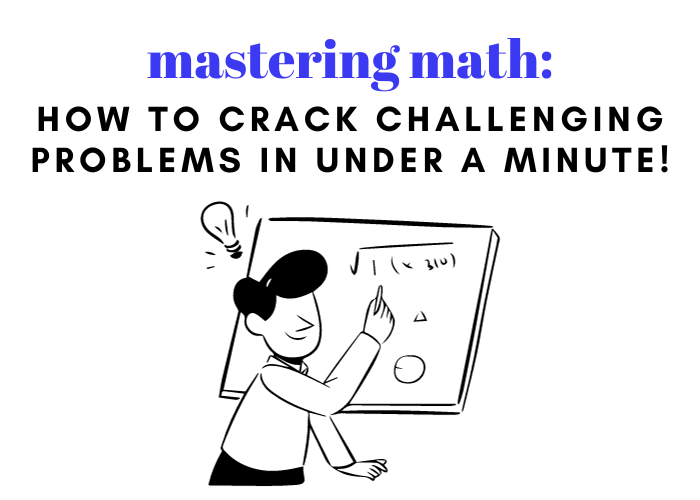

Last Updated on August 31, 2021 by Thinkster
Sixth grade is an important year in a student’s math education. Equations become more difficult, concepts become more advanced, and the operations require to go beyond addition, subtraction, multiplication and division. In many school districts, 6th grade math is either the last year of elementary school or the first year of junior high, and so math that students learn at this level will form the base for the math they eventually will learn in grades 7-12.
This transition to the “big time math” can be daunting for some students, but it doesn’t have to be. Sixth grade provides a wonderful opportunity—perhaps the last before the teen years—to embrace math as an interesting, challenging, and rewarding endeavor. Your child may need some help with 6th grade math along the way—perhaps with an innovative online tutoring program—but your child can definitely emerge from this pivotal year with a love for math.
Hello, Algebra
Some school districts are now teaching algebra in sixth grade. Not just the basic “x+5=10 and solve for x” algebra, but serious algebraic concepts such as exponents, linear equations, and polynomials. Students who were bored with math in fifth grade might find themselves enjoying the chance to learn the new concepts that algebra brings to the table. 6th grade math help may be necessary because so many concepts are introduced, but your child certainly has the potential to become confident in mastering a subject that many adults can’t figure out or have long since forgotten.
The Shapes of Things to Come
Geometry takes a giant step in sixth grade as well. Up to this point, students likely learned to identify polygons by the number of sides, and may have been taught a little bit about the area of a square or rectangle. But 6th grade math curriculum starts introducing topics such as circumference, diameter, angles, perimeter, and area of polygons that aren’t squares. Students who feel overwhelmed with the numbers and equations of math often unexpectedly embrace geometry, perhaps because it is more visual. And much like algebra, the geometry skills learned in sixth grade provide a base for the theorems, hypotenuses, and polyhedrons of high school geometry.
Getting Practical
There’s a great scene in the movie “Stand and Deliver”—which depicts the true story of a math teacher working with inner-city high-schoolers—When the teacher’s students ask him why math is important, he takes the class to an engineering lab to show how math is applied practically. By sixth grade, students will begin to understand how essential math is to the world around them. What helped create the bridge you just drove across? Math. What helped build and fly the airplane that just soared overhead? Math. How was the price of that video game determined? Math. Your child can apply the concepts he or she is learning to everyday life. Is your son curious how much lawn he’s mowing in your front yard? Give him a tape measure and challenge him to find out on his own. Some of the best 6th grade math help you can offer won’t come out of a textbook, but rather, by you pointing out the math that inhabits your child’s world.
What 6th grade math help has your child received?



